Slip and fall accidents are among the most common personal injury claims, often leaving victims with serious injuries, medical bills, and lost wages. Whether you fall in a grocery store, parking lot, or office building, your right to recover damages depends on proving negligence. Property owners and managers have a duty to keep their premises reasonably safe, and when they fail, you may be entitled to compensation.
Working with an experienced Baltimore slip and fall attorney ensures your case is handled with skill and precision. They gather evidence, prove negligence, and pursue compensation, helping you hold property owners accountable while protecting your rights throughout the legal process.
What Is Negligence in a Slip and Fall Case?
Negligence occurs when a property owner fails to keep their premises reasonably safe, creating hazards that cause preventable accidents. This responsibility is part of premises liability, a legal concept that holds property owners accountable for maintaining safe environments for visitors.
Common examples of negligence include wet floors without warning signs, broken stairways, poor lighting, or uneven walkways. If an owner knew or reasonably should have known about such dangers but failed to fix them or provide proper warnings, they may be held liable for any injuries that occur.
Common Causes of Slip and Fall Accidents
Slip and fall accidents can occur in a wide range of settings, from public spaces to private properties. Often, these incidents result from unsafe conditions that property owners failed to properly address or prevent.
- Spilt liquids or wet floors without warning signs.
- Damaged sidewalks, torn carpets, or uneven flooring.
- Poor lighting in stairwells, hallways, or parking lots.
- Icy or snowy walkways left untreated.
- Obstacles or clutter in walkways that create tripping hazards.
Each of these hazards can form the basis of a negligence claim when property owners fail to act responsibly and take adequate precautions. Ignoring unsafe conditions increases risks, leaving injured victims entitled to pursue legal action for compensation.
Evidence That Strengthens Your Claim
To prove negligence, strong evidence is essential for building a solid claim. This may include medical records, photographs, witness statements, and maintenance logs, all of which help demonstrate the property owner’s failure to address dangerous conditions responsibly.
- Accident reports filed with the property owner or business.
- Photos or videos of the hazardous condition.
- Witness statements confirming what caused the fall.
- Medical records linking your injuries to the accident.
- Maintenance logs show the property owner ignored repairs.
The stronger your evidence, the more clearly it demonstrates that the property owner neglected their duty of care, making it harder for them to dispute responsibility and easier to secure rightful compensation.
How to Prove Negligence in a Slip and Fall Case
To succeed in a slip and fall lawsuit, you must clearly prove four elements: the property owner owed a duty of care, they breached that duty, their negligence directly caused your accident, and you suffered measurable damages as a result.
- Duty of Care: The property owner had a duty to keep the premises safe.
- Breach of Duty: The owner failed to fix or warn about a dangerous condition.
- Causation: The unsafe condition directly caused your fall and injuries.
- Damages: You suffered actual losses, such as medical bills or lost wages.
FAQs About Slip and Fall Negligence
How long do I have to file a slip and fall claim in the state of Maryland?
In Maryland, you generally have three years from the accident date to file a slip and fall claim. Missing this statute of limitations deadline can prevent you from recovering compensation, so timely legal action is critical.
What if I were partially at fault for my fall?
Maryland applies strict contributory negligence laws. If you are even 1% at fault for your slip and fall accident, you may be barred from recovery. This makes skilled legal representation essential in protecting your rights and potential compensation.
Do all slip and fall accidents qualify as negligence?
Not every slip and fall qualifies as negligence. To succeed, you must prove the property owner failed to act reasonably in maintaining safe conditions or providing warnings. An attorney can help evaluate liability and determine if negligence exists.
What damages can I recover in a slip and fall case?
Victims of slip and fall accidents may recover damages for medical expenses, lost income, reduced earning capacity, pain, suffering, and emotional distress. The exact compensation depends on the severity of the injury, the strength of the evidence, and the circumstances surrounding the property owner’s negligence.
Why is evidence so important in a slip and fall claim?
Strong evidence is essential to prove negligence. Medical records, accident photos, witness statements, and property maintenance logs can demonstrate liability and damages, making it harder for property owners to dispute responsibility and improving your chances of fair compensation.
Struggling After a Slip and Fall Accident?
A slip and fall accident can leave you dealing with painful injuries, unexpected medical bills, and the stress of lost wages. Maryland’s strict negligence laws make it even more overwhelming for victims to understand their rights and pursue justice alone.
The good news is that legal options exist. By understanding negligence and premises liability, you can protect your rights and seek fair compensation. Working with an experienced Baltimore slip and fall attorney helps ensure property owners are held accountable and your financial recovery is secured.
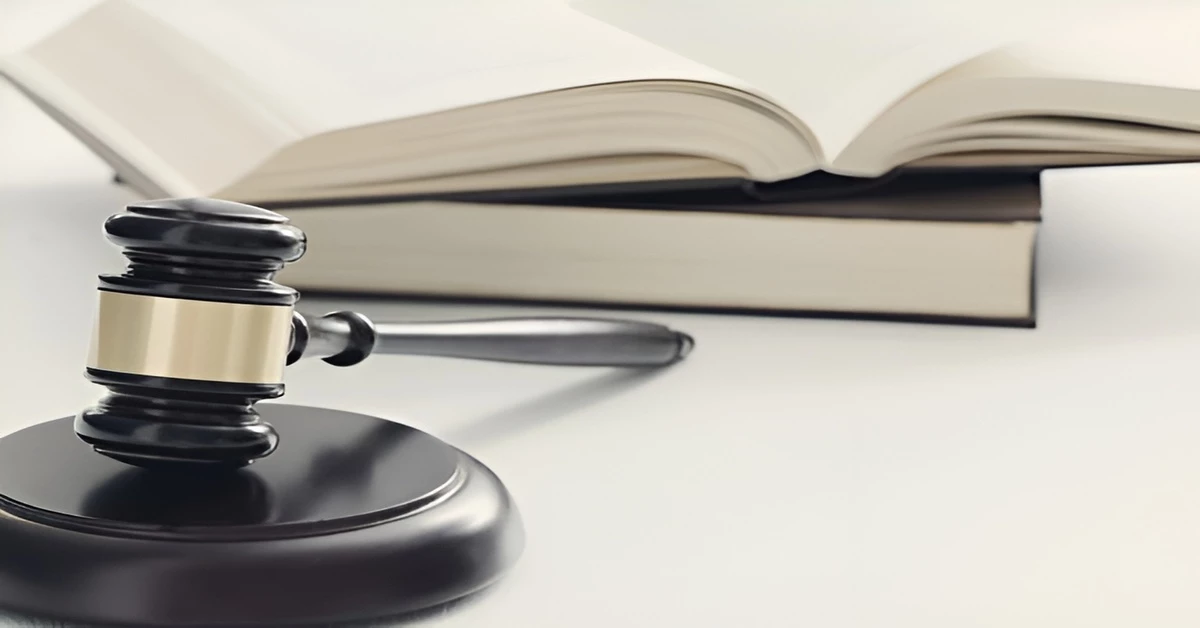

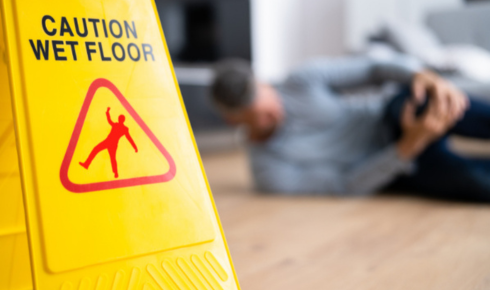
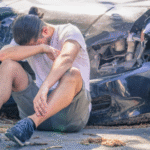
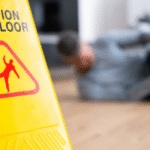
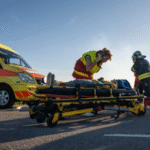
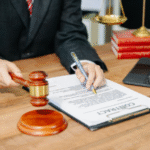
Leave a Reply